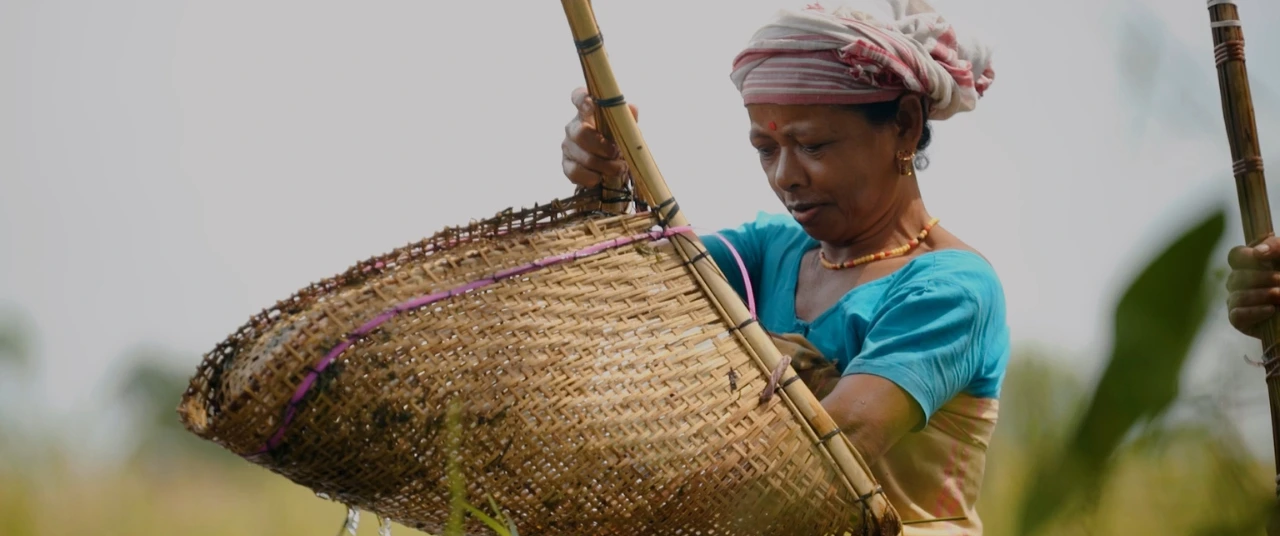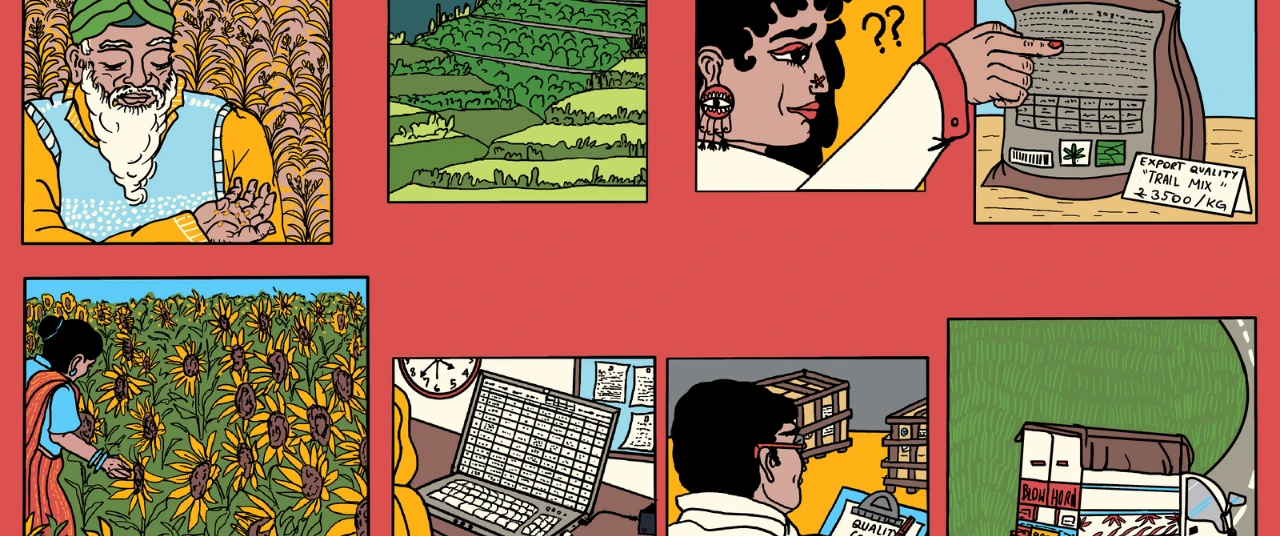Pumpkins thrive in tough conditions and require minimal pesticides






The humble pumpkin, now India's national vegetable, has quietly awaited its moment in the sun. In Chhattisgarh, it's revered as the eldest son, and cutting one can be seen as akin to sacrificing a child. Here, tradition dictates that a male family member first cuts the pumpkin in half before passing it to the women for further preparation. In North India, particularly West Bengal and northeastern states, pumpkins have replaced animal sacrifices in religious ceremonies, much to animal lovers' delight.
In South India, a white pumpkin is hung outside homes to absorb evil and negative energies. Evil energies are believed to remain in the house if the pumpkin rots in less than a year. If it lasts a year, then it means the negativity has cleared.

Many-splendoured thing
Recently, a Goan neighbour saw the pumpkin vines overflowing from my terrace and remarked on how the beautiful yellow flowers taste so good when batter-fried. The next day, a domestic help saw the same vines cascading to the floors below and commented on how they often cook the young leaves into a stew in her village, Sirsi, in Karnataka. A couple of days later, Jaywant Chowgule, a farmer who runs a farm and experiments with growing various plants, offered me some pumpkin mousse when I visited his farm in Goa. These encounters sparked a rediscovery of the pumpkin's abundance - every part edible, from fruit to seeds, flowers to leaves, and even tender stems.
In Bihar, pumpkin leaves and stems are batter-fried to make pakodas (fritters). Further south in Goa, pumpkin leaves are made into 'Dudyachya Paanachi Bhaji', which translates to a “dish made with pumpkin leaves''. Across India, pumpkins have found their place in many regional cuisines.
Bengalis love the entire plant. Flowers are batter-fried to make ‘PhoolerBoro’, leaves into a chutney named ‘Kumro Patar Vorta’ and young stalks are used in curries. Owing to its growing popularity, Chef Dibyendu Roy of Taj Fort Aguada, Goa, has arranged for his team to grow pumpkins in the hotel’s rather large kitchen garden area. A popular vegetable in West Bengal, the pumpkin leaves and stems are thrown into a pan to create a Chachari - a mish-mash of several vegetables.
Odiyas, too, have discovered the versatility and taste of pumpkins. They relish the plant in its entirety - they use the pumpkin, called Kakharu in Odiya, and its stem, called Danka, in a dish similar to Chachari, called the ‘Kakharu Danka Batibasa Chadchadi’.
“All the ingredients are mixed up in a bowl known as Bati and cooked on extremely low heat. This Batibasa technique is still practised in many rural households who cook their food on Chullahs,” said Odiya chef Rachit Keertiman. The women would slow-cook the dish on the dying embers of the challah. “This is a very healthy form of cooking a dish,” he added. Slow cooking on low heat retains the nutrients in the food.
Pumpkin vines are a common sight in Odisha's kitchen gardens. Its fruit is the primary ingredient in ‘Dalma’, a dish associated with frugality in the past. The flower adds texture to dishes, while the leaves are perfect for chutneys. “We teach hotel management students nose-to-tail menus or, in the case of pumpkin - fruit to root, where we use absolutely every part of the plant,” said Keertiman.
With its versatility, an entire menu - from starters to desserts - can be curated with pumpkin plants. The flowers have an earthy flavour, while the stems and leaves are nutritious. The fleshy fruit can be made sweet or savoury.
In West Bengal, pumpkin seeds are combined with jaggery and sesame to make a delectable evening snack, said Chef Dibyendu Roy. World over, roasted pumpkin seeds are great as a snack and make a healthy addition to smoothies and cereal mixes. And, of course, in the US, around Halloween, pumpkins are the flavour of the season and make their way into all possible foods and beverages - the famous ‘pumpkin spice latte’ is only one of them.
Medicinal benefits
Pumpkins boasts medicinal properties, potentially protecting against peptic ulcers and offering a wealth of vitamins (A, B, C, and E).Research suggests that pumpkin seeds and pulp may even benefit the liver and promote healthy cholesterol levels in rats.This diverse nutritional profile has captured the attention of scientists, with traditional medicine systems also recognising its potential.
Global research dubs the pumpkin a crop likely to mitigate food challenges in the future. “Although undervalued, pumpkin is a valuable vegetable herbaceous plant that contributes to global food and nutritional security,” according to MDPI. A hardy crop, pumpkin is relatively easy to grow even in water-scarce regions and does not require a lot of pesticides and external intervention.
Kashiphal, the Indian name for Pumpkin, is a multifunctional crop for both humans and animals and could be a potential solution for food and livelihood. From rural kitchens to five-star hotels, this adaptable vegetable is reshaping India's culinary landscape while offering solutions to agricultural challenges.
Explore other topics
References
1. Away in the Kitchen. (n.d.). Dalma: An Odia style preparation of lentils with vegetables [Blog post]. Away in the Kitchen. https://www.awayinthekitchen.com/post/dalma-an-odia-style-preparation-of-lentils-with-vegetables-2-ways#:~:text=Traditionally%2C%20dalma%20was%20essentially%20chana,ghee%20for%20aroma%20and%20taste.
2. Sahu, N. P., & Jain, R. (2019). Evaluation of pumpkin (Cucurbita moschata) pulp and seeds extracts on gastrointestinal ulcers induced by indomethacin in rats. https://www.researchgate.net/publication/334300775_Evaluation_of_Pumpkin_Cucurbita_moschata_Pulp_and_Seeds_Extracts_on_Gastrointestinal_Ulcers_Induced_by_Indomethacin_in_Rats
3. Al-Qarawi, A. A., & Abdel-Rahman, H. A. (2019). Effect of pumpkin (Cucurbita pepo L.) on immune system and liver functions of rats induced with liver cirrhosis. https://www.researchgate.net/publication/338544396_Effect_of_Pumpkin_Cucurbita_pepo_L_on_immune_system_and_liver_functions_of_rats_induced_with_liver_cirrhosis
4. Naik, S. R., & Panda, V. S. (2022). Curative and prophylactic potential of pumpkin seed oil on gastric ulcer: Roles of antioxidant, anti-inflammatory, and anti-apoptotic activities. https://www.ncbi.nlm.nih.gov/pmc/articles/PMC9182978/
5. Afiukwa, C. A., & Nwauzoma, A. B. (2019). Pumpkin: Horticultural importance and its roles in various forms – a review. https://www.researchgate.net/publication/331863796_Pumpkin_Horticultural_Importance_and_Its_Roles_in_Various_Forms_a_Review










